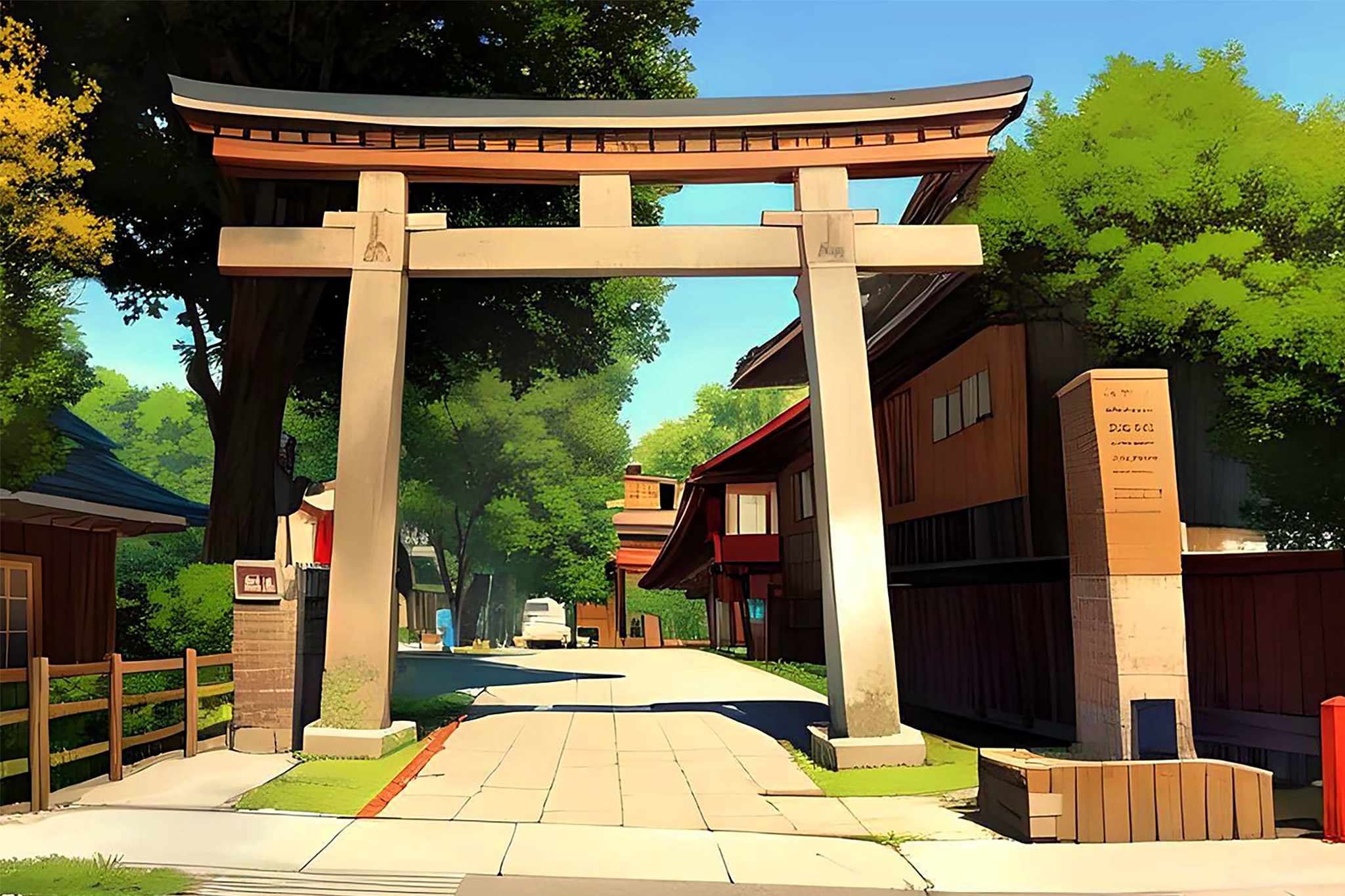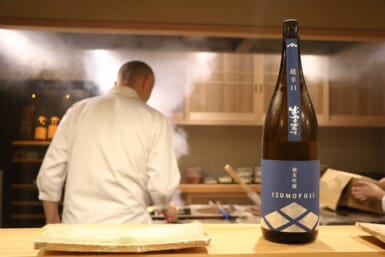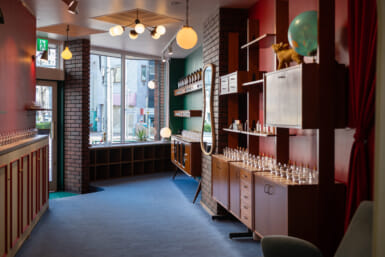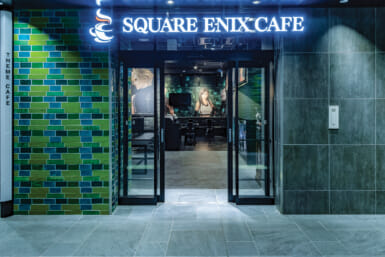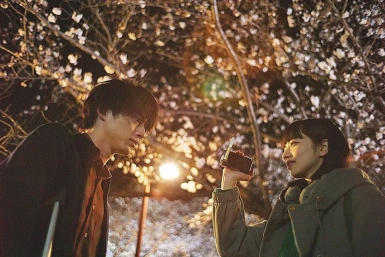To the excitement of Sailor Moon fans all over the world, the second half of Sailor Moon Cosmos was just released at the end of June. The animated movies, released in two parts, are a direct sequel to Sailor Moon Eternal and serve as a finale to Sailor Moon Crystal. To celebrate the release of the final installment of the reboot series, here’s a list of real-life places that served as a model for the popular series.
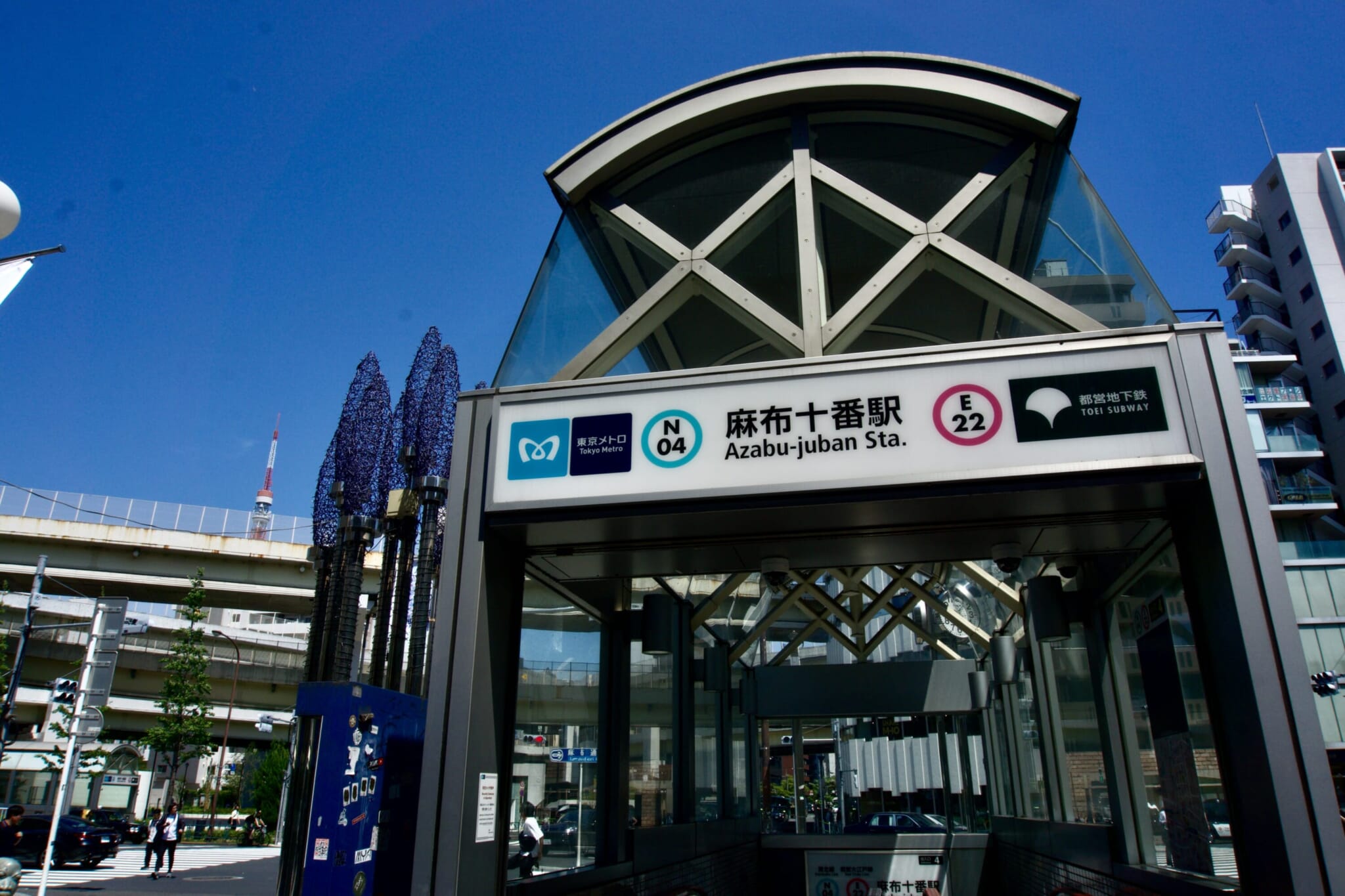
Azabu-Juban
Sailor Moon takes place in a district called Juban, and its real-life counterpart, Azabu-Juban, inspired much of the retro-romantic backdrop we know and love in the 1990s franchise. Located in the Minato ward, it’s a high-end shopping and residential district that is also laid-back and surprisingly cozy. The neighborhood’s main shopping street sports over 300 shops, many of which are traditional and long-standing, like Mamegen, which was established in 1865.
You might also recognize the Juban station from the Sailor Moon series, which is identical to the real thing (aside from the name, of course). Azabu-Juban Station is served by the Toei Oedo Line and the Tokyo Metro Namboku Line.
Azabu Schools
Usagi and her friends attend Juban public middle and municipal high schools in the series. Azabu junior and senior high schools can be found in the Minato ward. However, the middle school the Sailor Moon characters attend is modeled after Roppongi Junior High School. The gates and curved structure of the buildings are incredibly similar.
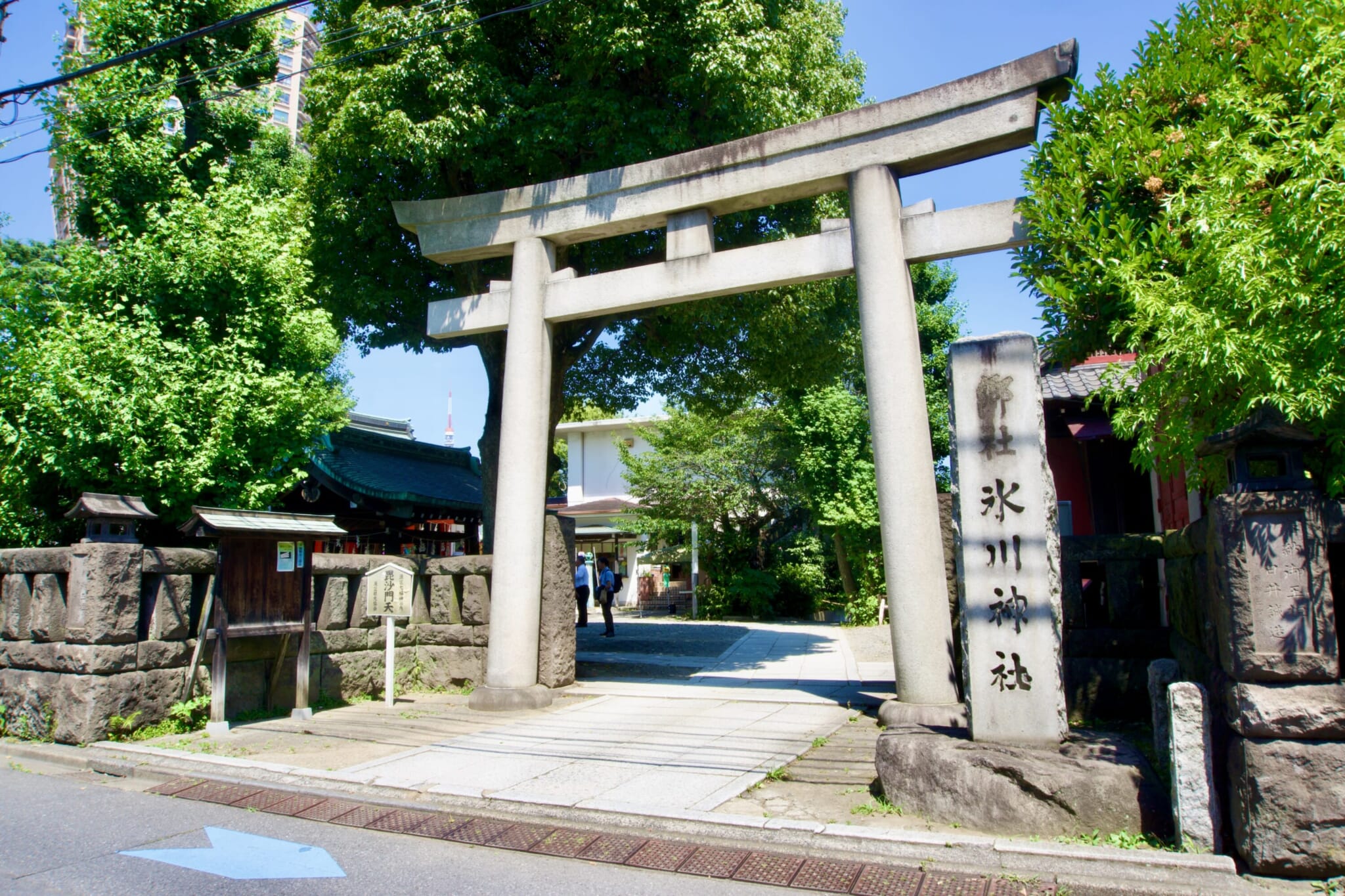
Hikawa Shrine
In the series, Rei (Sailor Mars) lives in Hikawa Shrine with her grandfather. Though written with a different kanji (the letter for “ice” instead of “fire”), Azabu Hikawa Shrine is pronounced the same. You can see the similarities between the real and animated torii gates. The interior of the shrine, though, is designed after the Akasaka Hikawa Shrine. If you’re a super fan, you might feel the presence of Sailor Mars at these shrines.
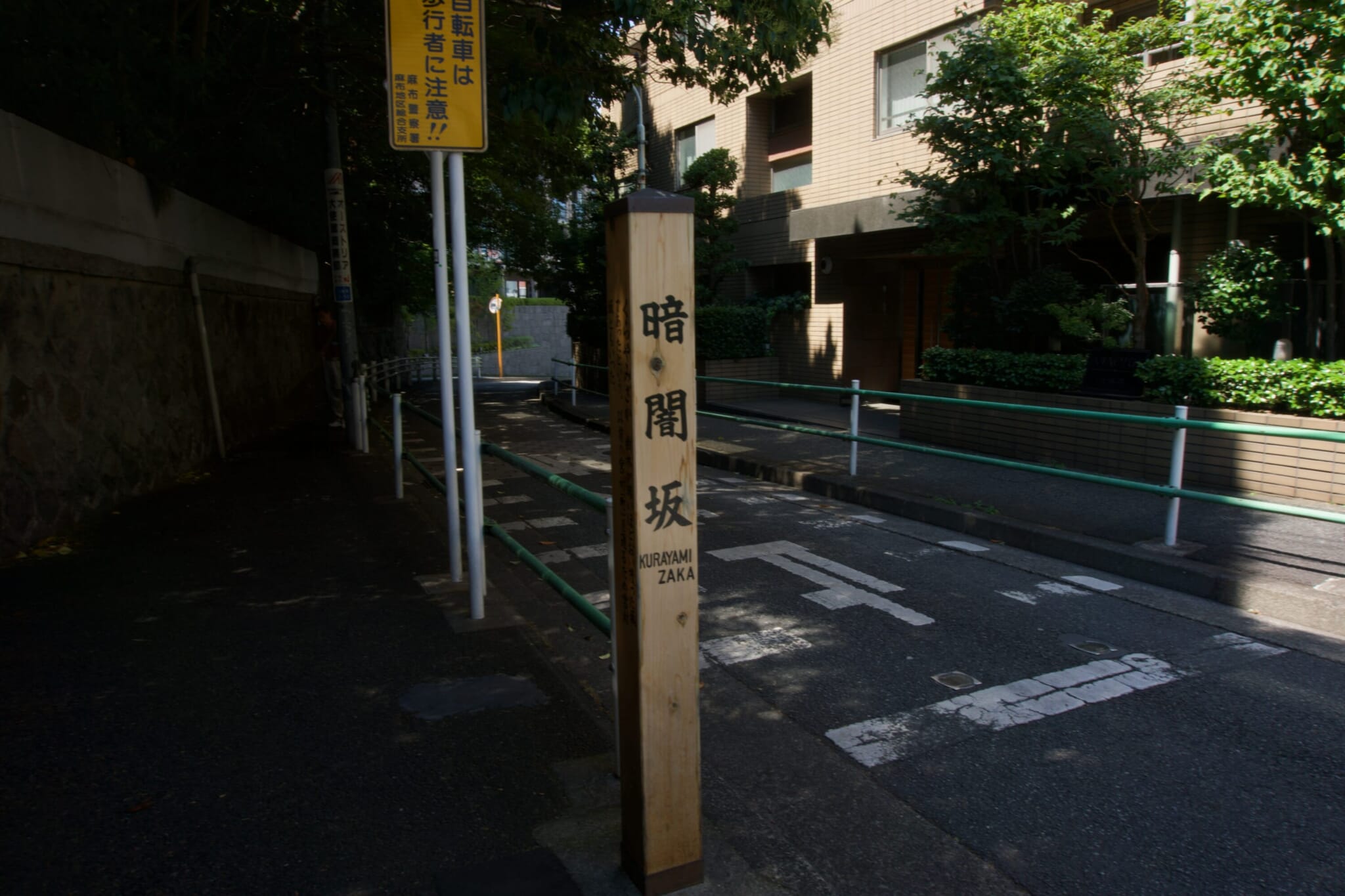
Sendai Zaka and Kurayami Zaka
Anyone who’s walked around Azabu-Juban before knows the area has a lot of hills, including, most famously for Sailor Moon fans, Sendai Zaka and Kurayami Zaka. Sendai Zaka doesn’t resemble the scenery from the anime much anymore, but the name remains the same as in the manga. In the series, Hikawa Shrine was on this hill. In the Cursed Bus episode, the people riding the Sendai Zaka bus disappeared. Kurayami Zaka, or Darkness Hill, is near Sendai Zaka and is seen in the series as part of Chibiusa’s walk home.
Tokyo Tower
Tokyo Tower is an iconic symbol throughout the Sailor Moon series and deserves to be mentioned. An icon of modern Tokyo and a symbol of Japan’s post-war prosperity, it stands at 333 meters. This made it the tallest freestanding tower in the world at the time of its completion in 1958.
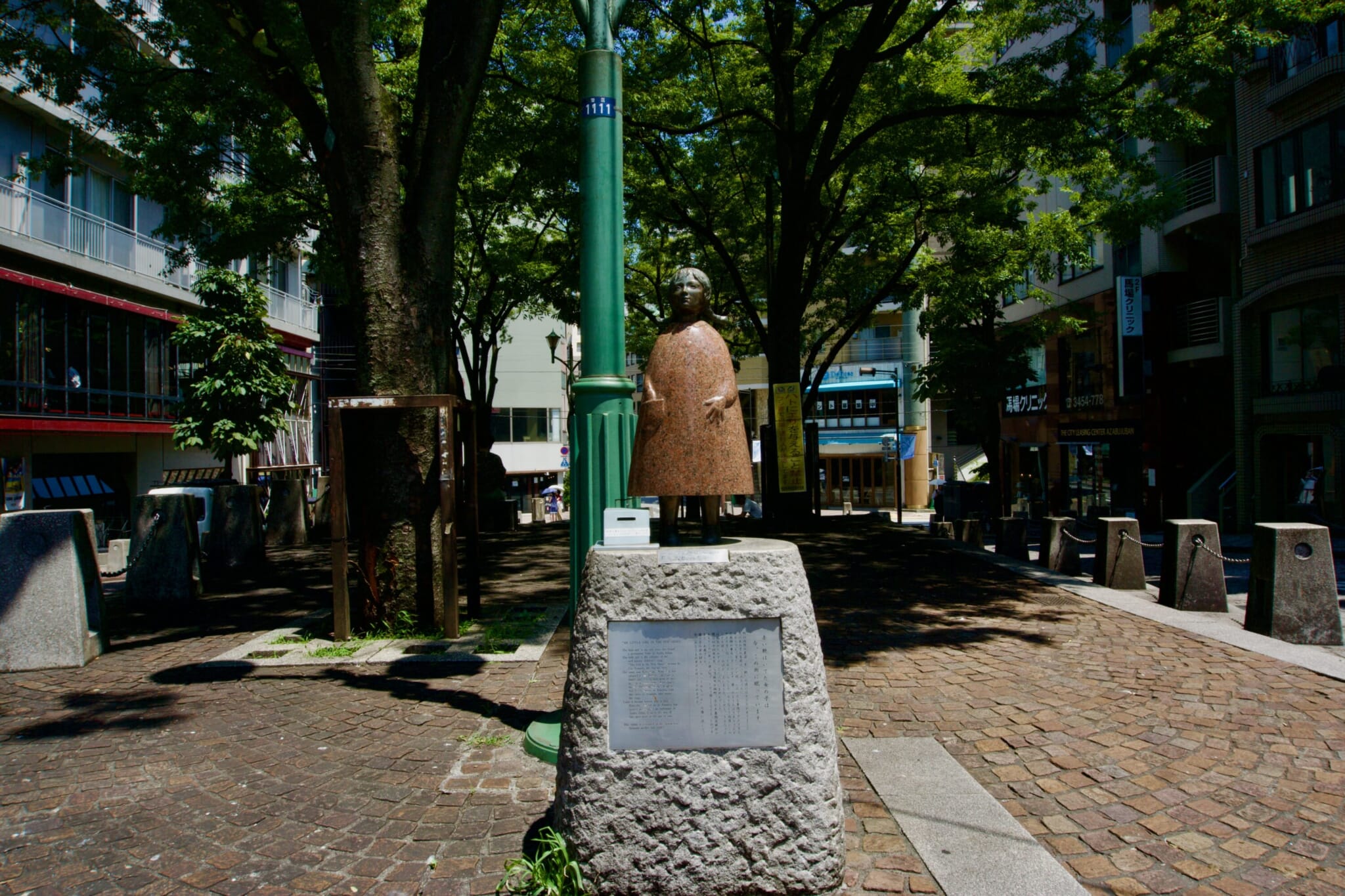
Kimichan Statue
The Kimichan statue from Sailor Moon is very much real and nestled in Patio Juban, a small urban park in the middle of the Azabu-Juban shopping district. Kimichan has a tragic backstory that even inspired a children’s song with the name “The Red Shoes.” The song narrates a little girl with red shoes being “taken away” by a stranger in Yokohama, alluding to the little girl leaving Japan to be taken care of by an American. The real-life Kimichan never got to the States though, as she caught tuberculosis and passed away in an orphanage in Azabu. She’s now a well-known symbol of both Yokohama and Azabu.
The statue is quite small, and even more heartbreaking to see the representation of a little girl when you know the backstory. Fans of Sailor Mercury will particularly appreciate this statue, as it is seen multiple times in the episode where Ami’s pure heart is targeted.
Arisugawa-no-miya Memorial Park
Arisugawa-no-miya Memorial Park, sometimes referred to as Arisugawa Park, is home to the clock where Usagi and Mamoru would often meet in front of, as well as the setting of many of their dates. This is also the park where Nephrite dies in the first season. It used to be an urban villa owned by a feudal lord but was handed over to the public in 1934.
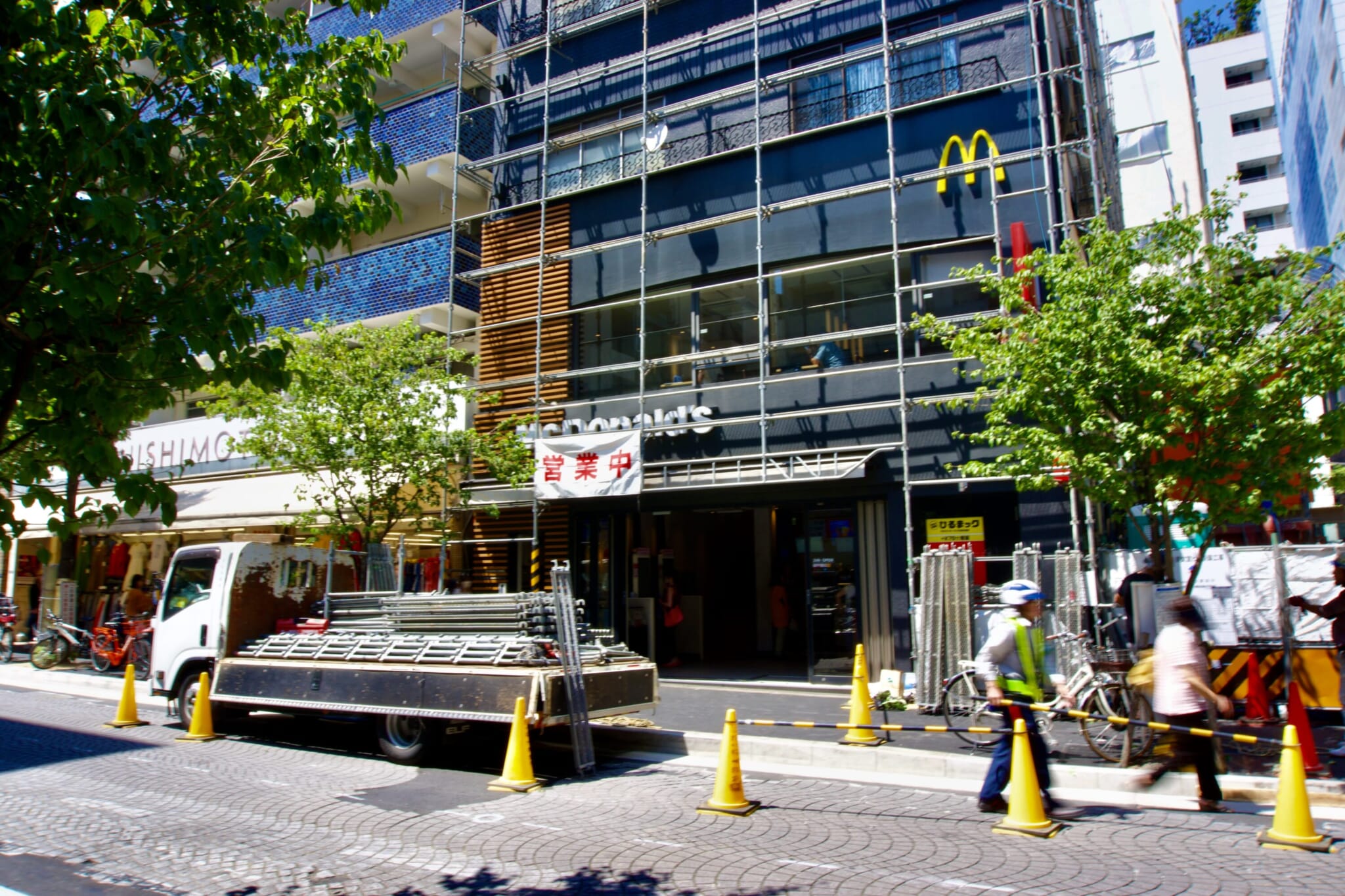
Crown Game Center
You may be wondering why we included an image of McDonald’s (particularly one under construction, although that is purely a coincidence). This McDonald’s was once Crown Pachinko Hall, which was the model for Crown Game Center in the Sailor Moon series. Although no longer sporting the same name and sign of the spot where Usagi and her friends would frequent, you can picture the Sailor Guardians coming in and out of the building, strolling the streets around Azabu-Juban.

